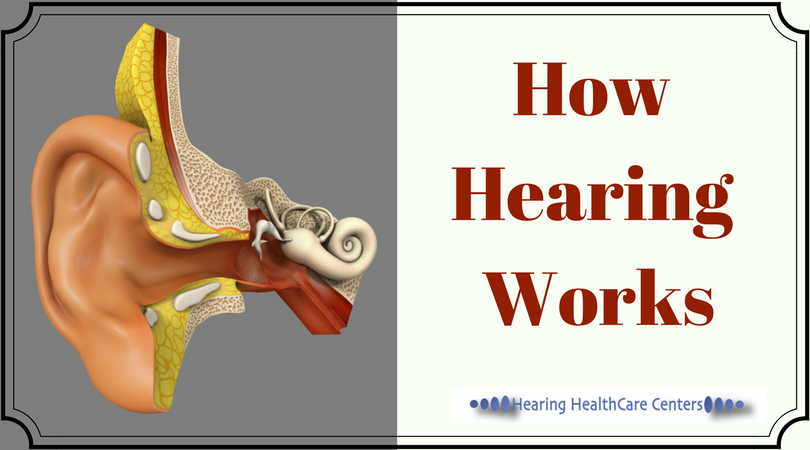
Hearing is a powerful sense. Hearing is where physical sound waves in the atmosphere are turned into meaningful electric impulses inside our minds. The world is full of physical sound waves. Some waves which we cannot detect (x-rays, echolocation); Some which we wish we couldn’t hear (nails on chalk board, screaming babies on airplanes), and some which are absolutely beautiful (a loved one’s laughter, birds chirping, bacon frying). Our world is noisy and silent, harsh and peaceful. Being able to understand how sounds vibrating in the air can make up our reality is important for your ear’s health and a greater quality of life.
Humans can normally hear sounds which fall between the frequencies 20 – 20,0000 Hz. The sound travels from the outer ear, called the pinna, into the ear canal, and onto the eardrum. From here the soundwave vibrates onto the middle ear. The middle ear consists of the three smallest bones in our body (malleus, incus, and stapes). These bones transport the vibrations onto the cochlea inside the inner ear. The word cochlea comes from the Greek word “snail,” which is appropriate given the shape of this pea-sized organ. Inside the cochlea are hair cells which are part of the nervous system. The hair cells are different sizes and at different locations in the cochlea to detect various frequencies of sound.
If enough of these hair cells are damaged, hearing loss occurs. Damage can occur from loud sounds over time (concerts, working conditions) or from a super loud impact (a jet engine). And unfortunately, these hair cells cannot be grown back, so some types of hearing loss are permanent. This is why it’s crucial to notice your surroundings and protecting your ears from harsh, loud noises. Especially if the sound is physically painful to hear.
Our ears detect sounds all the time – even while you’re asleep! It is up to the brain and its processing centers that control how we detect the sounds in our environment. When a hair cell detects a certain frequency, it becomes excited and produces an electric signal. This signal passes onto the auditory nerve which sends the signal into the brain. The signal will go on many pathways including the auditory cortex, the brainstem, thalamus (the main sensory processing center of the brain), and others. The brain is constantly figuring out the location of sounds, the intensity of sounds, the meaning of sounds, and more. Yet, for the most part hearing is not a conscious effort. We hear without having to focus on the meaning of what each frequency, amplitude, speed, and direction of a sound means. It should be effortless when everything is functioning.
Sometimes the brain does have to use more effort. This occurs in cases such as in noisy situations damaged hair cells or damage to the middle ear. It has to guess some of the sounds it is receiving and fill in blanks. The brain is very good at this, but it takes its toll on other processing centers and over time can become taxing on the brain. And it can take years before hearing loss can become visible to our conscious selves. We become used to living with the sounds we hear. We forget we have heard more sounds a few years ago, until the loss becomes to a certain degree.
Understanding how hearing works and how important it is to have your ears checked is crucial to your overall health and quality of life. If you or a loved one has sudden hearing loss, or trouble hearing over time please get them help today.

